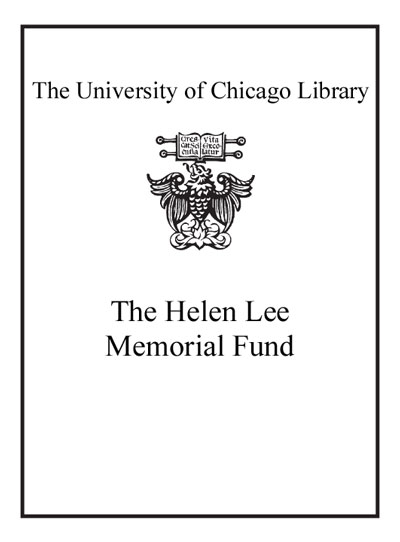Review by Choice Review
This magisterial study of Florence, edited by Ames-Lewis (emer., Birkbeck College, Univ. of London), incorporates new and authoritative research in art history. The book begins with Francis Kent discussing the sociohistorical context; Janet Robson explores the significance of lay patrons in addition to confraternities during the 14th century; and Louise Bourdua challenges the traditional view that the quality of art declined after the Black Death. In his reassessment of Republican Florence, Adrian Randolph finds that elements of Byzantine art and other styles flourished along with classicism and naturalism. Roger Crum considers regional and international "spheres of influence" and artistic collaboration during the age of Cosimo de' Medici. The way politics affects style is explored by Caroline Elam, in her study of Florence under Lorenzo de' Medici, and by Jill Burke in her treatment of Savonarola and religious reform, and Soderini and the Republic. William Wallace examines the impact of the pontificates of Leo X and Clement VII, and Elizabeth Pilliod, the role of Duke Cosimo de' Medici. With its complex and nuanced treatment of Florentine art, this volume is necessary reading, and the 48 color plates and 234 black-and-white illustrations make it an excellent textbook for Renaissance art. Summing Up: Highly recommended. Lower-division undergraduates through researchers/faculty; general readers. D. H. Cibelli Nicholls State University
Copyright American Library Association, used with permission.
Review by Choice Review

